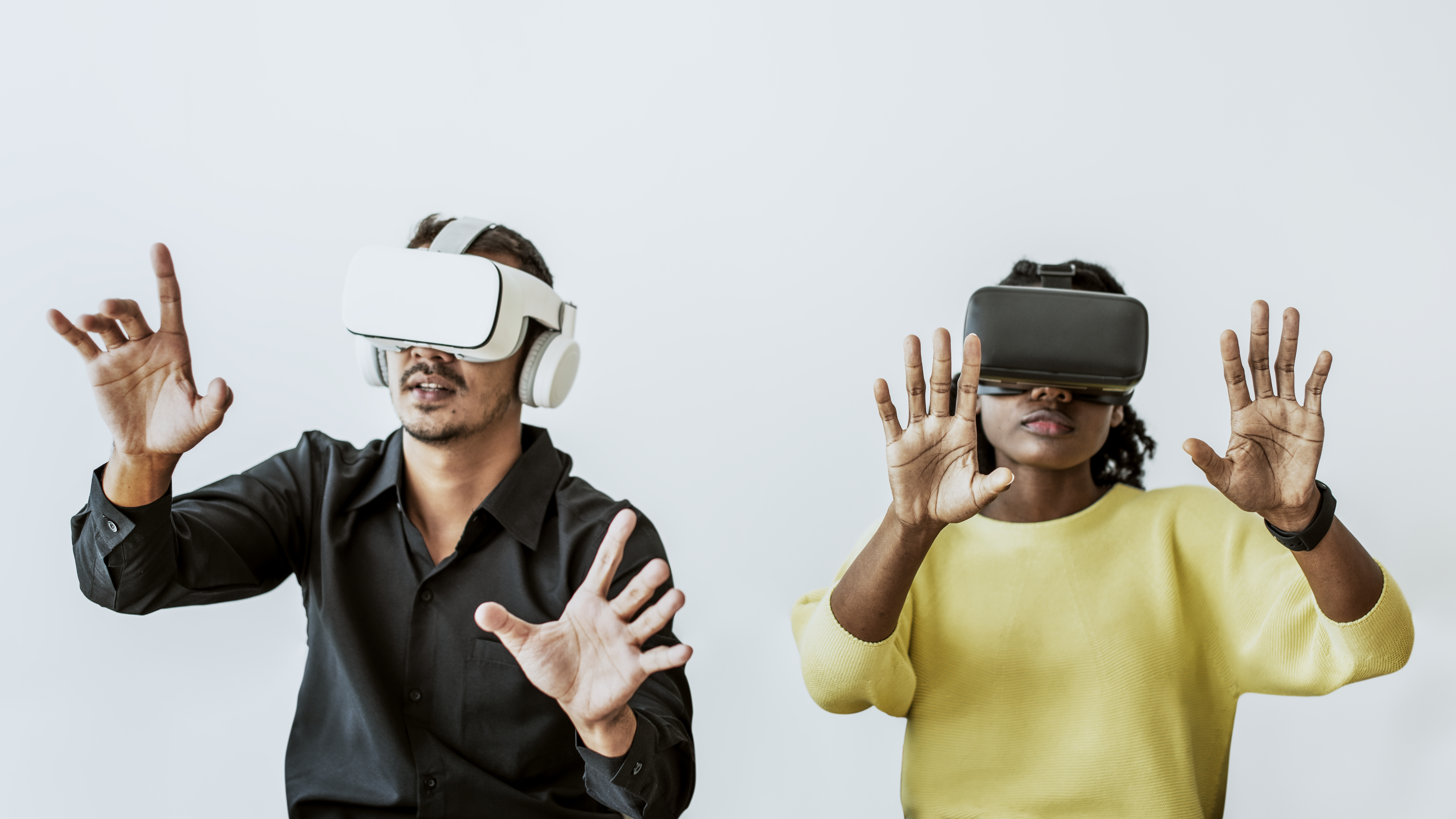info@sadi.co.ke
+254727368241
In 2025, immersive technologies like Augmented Reality (AR) and Virtual Reality (VR) are transforming marketing strategies, offering brands innovative ways to engage customers. By creating interactive, realistic experiences, businesses can deepen connections and drive conversions.
What Is Immersive Marketing?
Immersive marketing uses AR and VR to create engaging, interactive experiences that go beyond traditional advertising. Instead of passive consumption, customers actively explore products, services, or brand environments, making the experience memorable and impactful.
Applications of AR in Marketing
AR allows customers to visualize products in real-world settings. For example, users can see how furniture fits in their home, try on virtual clothing, or test makeup products before purchase. AR apps on smartphones and tablets make these experiences accessible to a wide audience.
Applications of VR in Marketing
VR provides fully immersive environments for storytelling and product demonstration. Brands can create virtual stores, interactive tours, or experiential campaigns that let users explore and interact with products in a controlled, 360-degree space.
Enhancing Customer Engagement
Immersive marketing fosters higher engagement and retention. When customers interact directly with a product or environment, they spend more time with the brand, build stronger emotional connections, and are more likely to convert.
Data and Personalization
AR and VR tools collect valuable insights into user behavior, preferences, and interactions. Marketers can use this data to personalize experiences, refine campaigns, and deliver more targeted messaging.
The Future of Immersive Marketing
As AR and VR technologies advance, integration with AI and the metaverse will create even more sophisticated marketing opportunities. Brands will be able to offer hyper-personalized, multi-sensory experiences that blur the lines between physical and digital engagement.
Conclusion
Immersive marketing is no longer a futuristic concept—it’s a practical strategy for 2025. By leveraging AR and VR, businesses can engage customers in innovative ways, enhance brand loyalty, and drive meaningful results in the evolving digital landscape.
 August 28, 2025 - BY Admin
August 28, 2025 - BY Admin